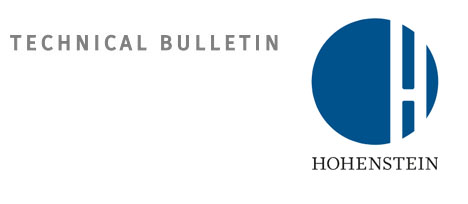
Category: SERVICES
Country: Germany
Region: Europe
CEN (European Committee for Standardization) published a new version of the reference test method for nickel release, EN 1811:2023, which superseded the previous version EN 1811:2011+A1:2015.
The new standard is scheduled to be implemented at the national level of CEN members at the latest by August 2023. The standard is expected to be harmonized under Entry 27 of Annex XVII of EU REACH Regulation (EC) No 1907/2006 when it is accepted by the European Commission.
The test method applies to determine the release of nickel into articles intended to come into direct and prolonged contact with the skin (except spectacle frames and sunglasses) and requires to apply both methods (EN 1811 with and without EN 12472). This standard applies not only to jewelry and watch straps, such as metal parts of clothing and shoes, mobile phones or belt buckles.
Compared to the previous version, EN 1811:2023 includes following major changes:
• Summarized the preparation of samples in table form and added examples. Each individual sub-part shall comply with the requirement of nickel released when it is in direct and prolonged contact with skin. Homogenous sub-part could be obtained by disassembling, cutting or masking (Annex B).
• Update the result interpretation for articles with a migration limit of 0.5 µg·cm-2·week-1: the result is compliant when it is ≤ 0.88 µg·cm-2·week-1, instead of <0.88 µg·cm-2·week-1 in the previous version (Clause 9.2.2.2).
• Clarified that nickel release of each sample has to be compliant with the migration limit in Clause 9.2.2.1 when more than one sample of the same article is tested.
• Clarified that both test methods should be applied (EN 1811 without and with EN 12472) when uncertainty exists about the presence of nickel in the outer coating (Annex B.3).
As the changes in the calculation of the surface area for products with internal surfaces, there is a risk that the release of nickel under the new version of the standard will be calculated at significantly higher levels. Re-testing appears to be appropriate if nickel was detected in relevant quantities below the limit when measured according to the previous version of the standard.
Hohenstein Services
Hohenstein offers the test method for determining the release of nickel in articles intended for direct and prolonged contact with the skin.
If you have any further requests regarding the test method or related topics, please contact our experts: customerservice@hohenstein.com
Copyrights © 2025 GLOBAL TEXTILE SOURCE. All rights reserved.